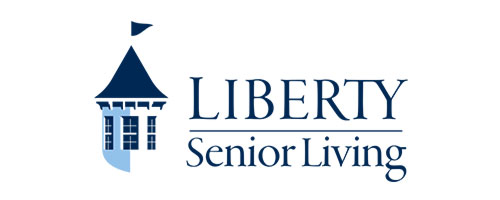Serving older adults: What I've learned matters as a fitness professional
A majority of my time is spent with clients who are 30+ years older than me. With adults over age 50, priorities are different. The concept of aging is what society often fights against. We hear the term "anti-age" quite often. As professional trainers we need to be prepared to work with and accommodate their needs, which new and seasoned fitness professionals alike may find challenging.
Quality of life is far more important than esthetic changes. Adults over 50 would rather spend more time with family and less time in the doctor's office. I've learned what really matters to people in this age group includes:
* Maintaining independence
* Maintaining mental health
* Maintaining mobility
* Managing chronic health issues
* Improving balance
A fitness center needs to direct its marketing to the core values of these adults. How do we get them in the gym? What do they value? Customer service is number one. What this means is they'd rather talk to a person than an answering machine. They value when we take the time to listen to their complaints. It's also vital feedback to improve customer service.
Employees are a direct reflection of a business. Is a center age friendly? What is the average age of the staff? How do they present themselves? Are they constantly on their cell phones? Potential clients need to feel they can relate to a trainer. Consider hiring trainers who are over 50-it's a great way of changing the environment to invite more potential clients. Create beginner-level group classes to encourage the social end of exercise. Having a place to belong and feel connected to others is a big motivator.
Part of helping others is learning to have compassion and patience. Some trainers struggle to train people in this age group because they lack experience with them. Education is so important. We are not working with well people all the time. Yes, they may have special medical needs. Yes, they may require a little more attention. When we take the time to invest in their needs, they'll invest in our services for the long term.
At my gym, we've made considerations over the years that have made a difference. Here are a few ideas:
Learn names. Knowing customers by name has created a more community-like feel at our facility. The benefit is a more social environment that encourages relationships among members.
Invest in the future. I've developed long-term working relationships with those I work with. Taking time to listen has long-lasting effects. Investing in improving my clients' lives goes beyond the physical benefits; I also learn who they are and what is important.
Treat people equally. Age is not a barrier to goal setting. Older clients want to work with someone who will motivate and encourage them. I never talk to these clients about what they "can't" do. I focus on what their motivation is and work towards a goal.
To adapt to this growing section of the population, we need to make a few small changes in our centers that will encourage and foster long-lasting relationships with clients. After all, that's what really matters.
Author
Lauren Walker manages All Fit All Ages Gym in Port Perry, Ontario, Canada. Walker is a certified personal trainer and fitness kickboxing instructor. She writes a blog called Fit For All (fitforallblog.ca) and a twice-monthly column "Movement for Life" in the Scugog Standard.
Note: This information is not intended to replace a one-on-one relationship with a qualified healthcare professional and is not intended as medical advice. It is intended as a sharing of knowledge and information from research. The view expressed here are not necessarily those of the ICAA, we encourage you to make your own health and business decisions based upon your research and in partnership with a qualified professional.
Share































